We live in a world where devices like Google Home, Amazon’s Alexa, Apple’s Siri, and Microsoft’s Cortana are becoming the norm. People are attracted to the thought of being able to call out to these smart devices to answer questions, turn on their favorite music, and even play audio books.
And voice search is extending beyond the home and into the pockets of people who want to take this technology with them on the go. Mobile devices like smartphones are not just for calling, texting, and scrolling through Facebook. They are being used to access local businesses for information such as store hours, locations, customer reviews, and more.
And this information is being accessed through voice search.
With 50% of all of all searches expected to be voice searches by 2020, it’s important local businesses take advantage of this opportunity to optimize their websites for voice search. Doing so will not only help increase traffic to their websites, but their brick and mortar shops too.
Today we’re going to take a look at why voice search marketing is so important, and 3 ways you can optimize your voice search marketing to reach the highest converting audience possible.
Voice Search and Devices Are Advancing
Although still in its infancy, voice search is doing amazing things, both on home and mobile devices. In fact NPR has recently reported that smart speaker owners request nearly 11 different tasks via voice each week and 53% have said it felt natural talking to it.
In fact, it’s expected that eventually voice search will not only direct people to websites with information answering their queries, but also complete other tasks as well. For instance, there may come a time when voice search assistants will be able to book you a reservation to your favorite restaurant, schedule an appointment with your hairstylist, or even personally answer retail questions regarding the inventory, price, or shipping status of products as though you were talking to a real live human.
Let’s take a look at just how far voice search technology has come now.
Google Accuracy
Google is able to understand the English language with nearly 95% accuracy thanks to machine learning algorithms that have been developed to detect speech patterns and respond with meaningful results.
This is a far cry from the beginning when Apple released Siri in 2011 and people complained that most of their questions were misunderstood or irrelevant results were delivered more times than not.

With voice search assistants providing better results, you can expect more people to rely on voice searches to get the job done.
Not to mention, voice searches are proving to be more accessible for those who need voice dictation software, and for those that otherwise have trouble surfing the internet for information about local businesses.
Advanced Technology
Google announced in May of 2018 their next big thing: the Google Duplex.
This new AI-driven phone based system is designed to give people (i.e. your customers) a way to have real life conversations with computers in order to get things done and have questions more quickly answered.
Going beyond the abilities of most voice search assistants on the market, the Google Duplex includes a natural sounding assistant that can have an actual conversation with a person. And, since consumers are always looking for quicker and easier ways to book restaurant reservations, price check items and services, and even ask about inventory levels of retail products, this type of technology will even further elevate how we use voice search.
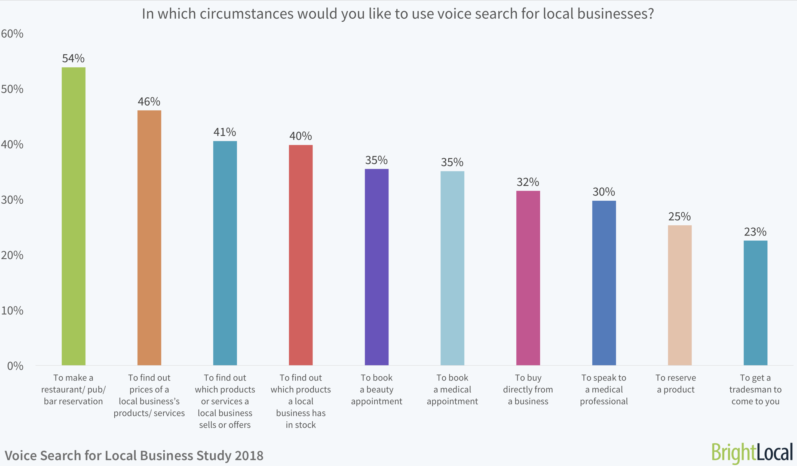
Consumer Demand
Voice search satisfies people’s need for instant gratification. It makes things more accessible, faster to access, and convenient for those times when people want to have an answer to their question right away but are doing something else like shopping, eating, or even working out.
But where does that leave local businesses?
Take a look at these startling statistics:
- 56% of people claim they’ve used voice search to find information about local businesses in the past 12 months.
- Of those 56%, another 53% of people say they use voice search every day to find information about local businesses.
- The most popular devices for voice searches of local businesses include: smartphones (56%), desktops/laptops (38%), tablets (26%), and smart speakers (18%).
- 25% of consumers that haven’t conducted a voice search to find information about local businesses would consider it.
As you can see, people across all device types are already performing searches to find information about local businesses.
By optimizing your voice search marketing you open your business up to many new opportunities. Not to mention, you meet the growing needs of people to have your local business’ information readily available any time they conduct a voice search.
Voice Search is Great for Mobile Devices
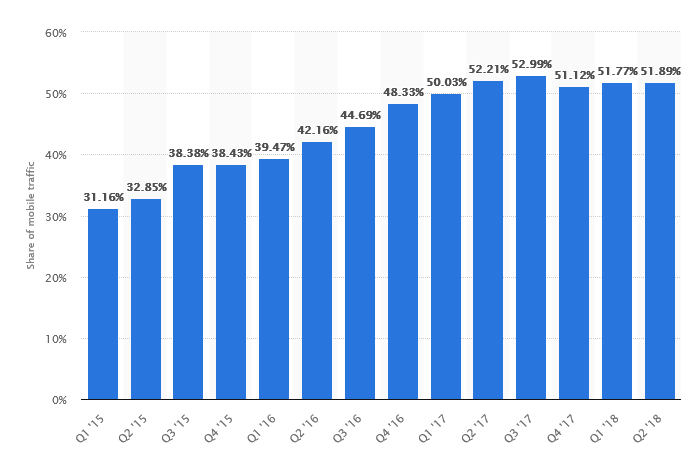
Nearly 52% of all internet traffic occurs on mobile devices, and performing voice searches on them is very simple and convenient.
(Image Source)
Google recently rolled out their mobile-first algorithm, meaning Google will now rank you based on the mobile version of your website before your desktop version.
Since Google is focusing on the mobile experience to rank your local business in search results, and people are using their mobile devices to conduct voice searches, you’d better gear up and prioritize voice search marketing. It will help you to improve the user experience, get more customers through the doors of your physical shop, and generate more revenue.
Local Businesses and Voice Search Marketing
People on-the-go are likely to conduct voice searches to find information about local businesses.
Because of this, it’s time you and your marketing team come up with ways to include voice marketing in your overall marketing plans.
Below are our top 3 suggestions to start integrating voice searches in your existing marketing efforts.
1. Claim Your Google “My Business” Listing
22% of all voice search queries are for local information. Adding to that, 50% of local mobile searches by a consumer lead to a store visit that same day.
Making it easy for customers to find you on the web is going to help you rank higher in search results, get people the information about your local business they need, and give people the chance to visit you in person.
There are two ways people will search for your local business using voice search:
- Using an actual location in their query, such as “Where can I find the best pizza in New York City?”
- Using terms related to their location, such as “Where can I find the best pizza near me?”
When people conduct a voice search using an exact location in their query, your business information will pop up in a search result if it’s relevant to the query (ie you are located in that exact region). It will also pop up if you have optimized your website for local keywords.
But you need to do more than that if you want to reach the broadest customer base possible.
For those times people conduct a voice search using terms like “near me” or “nearby,” having a Google My Business listing, like the one seen below, helps significantly with your search rankings. After all, you can’t optimize your website using those keywords because it won’t work.
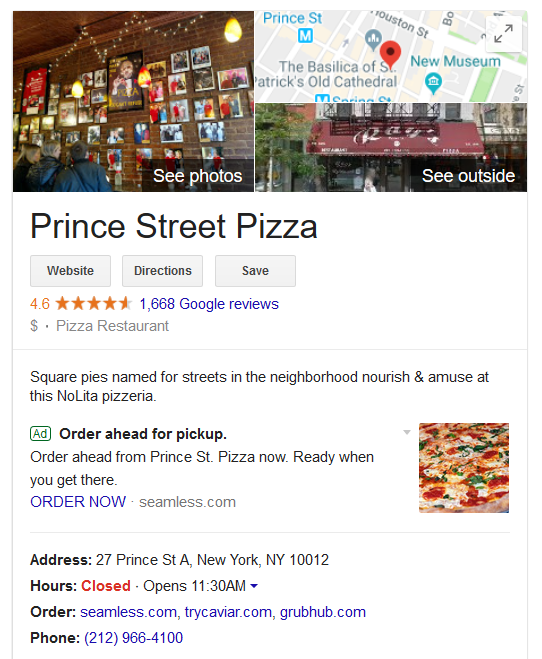
Here are some best practices when claiming your Google My Business listing:
- Include your business name, address, and phone number (complete with area code)
- Fill out the introduction field with information about your business, products, and services
- Add relevant and very specific categories
- Include high-quality images of your business to spark interest
- Add a video clip for variety
- Link back to your business website
- Stay consistent across all business listings if Google My Business isn’t the only one so you don’t hurt your SEO
- Always respond to reviews that people leave, whether positive or negative
All businesses targeting local customers should have a Google My Business listing, especially as voice searches for local businesses continue to rise.
2. Get into the Google 3-Pack
In August 2018, Google condensed what is shown on search results, from a 7-pack to a 3-pack. Presumably this was done with the focus on mobile users. After all, a listing of 7 local businesses, complete with company name, website, reviews, and full contact information is tough to see on small mobile devices.
Here is a breakdown of some of the biggest changes:
- Only 3 local businesses are displayed on the first page of search results, rather than 7
- Google has removed the exact addresses and phone numbers of those listed, focusing instead on the hours of operation and website link
- All Google My Business listings were removed and local cards are now hidden
- Clicking on a listing will bring you to a list of the top 20 nearby competitors
So what does this mean for your local business, and how can you get into the Google 3-pack?
For starters, this condensed version of local business listings makes it even more challenging than before to get listed on the first page of Google search results when someone conducts a local voice search.
It’s also going to prove harder to get the click through since some of the most important information about your business is now missing in the search result. Only after a person manually clicks on your result will the rest of your business information display, along with approximately 20 nearby competitors.
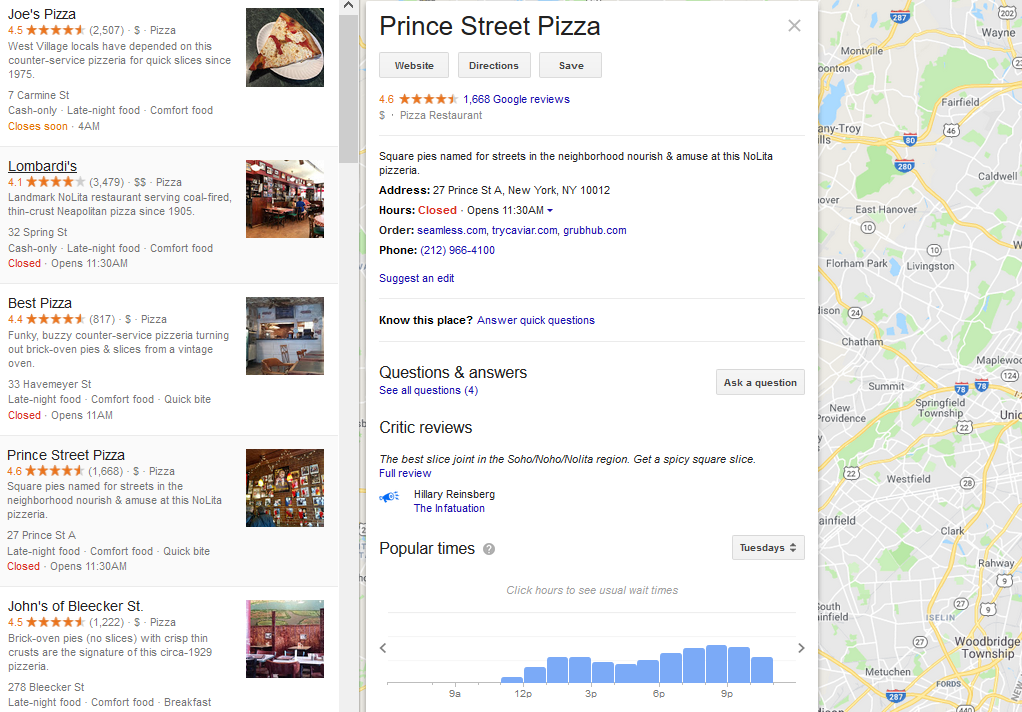
That said, if you focus on relevance, prominence, and proximity, you’ll increase your chances of landing in the Google 3-pack during any search query, voice searches included.
Relevance
SEO for your local business does you no good if you don’t show up in relevant voice search results.
Here are some of the things you should target when it comes to voice search optimization and SEO:
- Have a consistent business name, address, hours of operation, and phone number everywhere on the web.
- Create content that customers will be looking for, especially those on-the-go. Answer questions they may be running into or provide insight they can quickly process.
- Seek to inform your audience about what you have to offer, touching on their pain points and showing them how visiting your physical shop can help.
- Make sure your website is responsive. It needs to work well no matter what type of device your user is on, including tablet or phone.
- Always use long tail keywords as they closely mimic the natural language people use when conducting voice searches.
- Include SEO into your blog content, ads, and businesses listings focusing on your local area.
- Add landmark references in your content for Google to pull.
You can periodically tell Google to index your site as well.
Doing all of this will ensure that Google indexes you for the right search results. With the above steps, any time someone conducts a voice search that relates to your local business, your listing, website, and related content will appear in the Google 3-pack.
Prominence
Making sure your business is well-known on the internet is one of the best ways to boost your site’s SEO and voice search rankings.
Here are some of the best ways to increase your prominence on the web:
- Add your local business to as many relevant business directories as possible
- Ask satisfied customers to leave reviews on your website, on Yelp and on your Google My Business listing
- Get editorial links from authoritative sites in your industry and area
- Try to get mentions on social media and in the local press
- Attend local community events related to your business and blog about it
Another great way to help boost your site’s prominence on the web, and thus increase your search rankings, is to work on lowering your bounce rate.
Your bounce rate will depend on the type of website you run. In fact, custommedialabs put together this compilation of expected bounce rates:
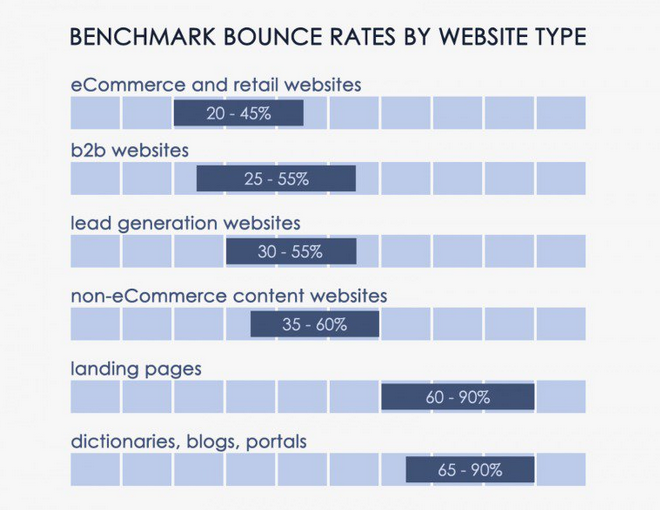
If you find your bounce rate to be higher than you want, check out these simple tips for lowering it:
- Improve readability (which is a large component of website accessibility) by using subheadings, bullet points, and short paragraphs
- Create a compelling call to action with a strong value proposition that will convince people to move through your funnel
- Target the right keywords so when people land on your site you have what they’re looking for
- Improve your site’s speed and performance (after all, 40% of people will abandon your site if it doesn’t load within 3 seconds or less)
- Set external links to open in new windows so you don’t disrupt the user experience
- Stay mobile-friendly so those on the go can see your site the way they’re supposed to
By focusing on your website’s bounce rate, you can rank higher in search results and boost your site’s prominence, all while appearing in the Google 3-pack.
Proximity
Proximity refers to the distance between a customer and your business.
Unfortunately, you have very little control over your business’ proximity when it comes to voice search marketing. You can’t move your physical location every time someone wants to visit you).
But the truth is, there are things you can do to help your business show up in the Google 3-pack that deal with proximity:
- Focus on NAP. We’ve mentioned it before, but having a consistent NAP (name, address, and phone number) that appears across the web is crucial to ensuring that when a user conducts a local business voice search, you appear in the result.
- Local Content. Your site’s content cannot just add value to people’s lives; it must include local content if you want to appear in the Google 3-pack for local business searches.
- Include a Map. Adding a map on your website that shows your business’ exact location does two things. To start, it helps Google index your local business for search results. In addition, it helps people find you much easier if they land on your website looking for your physical store.
In the end, your local business’ proximity to those searching for a business like yours is going to play a major role in whether you show up in the Google 3-pack.
In fact, Moz’s 2017 survey of local search ranking factors suggests that proximity will be the most important ranking factor in local Google 3-pack search results.
And, while you can’t help whether you fall outside the radius of a search performed by a user, focusing on providing local information, as well as your site’s relevance and prominence, will improve your chances of ranking higher in localized organic results.
3. Rank as Google’s Featured Snippet
There are some things to know about featured snippets before trying to rank as one in Google.
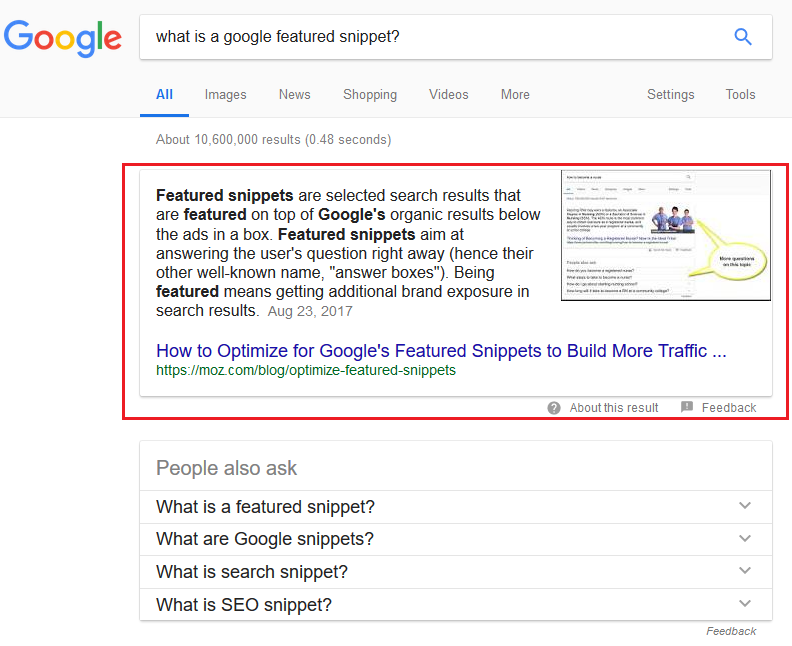
To start, featured snippets are also known answer boxes. They’re also referred to as Position 0, because they appear above the first organic search result.
Next, voice search and featured snippets are closely related because voice search assistants deliver results from featured snippets. After all, featured snippets are supposed to be the best answer to any search query.
Lastly, according to Ahrefs, those that are already ranking on page 1 of Google are the most likely to get ranked as the featured snippet.
There are many ways to land your local business in a Google answer box, though here is the simplest:
- Come up with common, simple questions potential customers may have
- Provide clear and direct answers to those questions in your content that relates to your local business
- Offer value beyond those answers that customers will appreciate and that will encourage them to visit your local business
- Make it easy for Google and users to find you (using SEO related to traditional and voice searches)
Of course, you can also do things like:
- Study your competition’s featured snippets and create better content to outrank them
- Use tools such as Answer the Public to find out real things people are actually searching for so you can create content to answer them
- Create content that relates to your local business that answers more than one question at a time
- Focus on the right content structure to nab the featured snippet spot (according to SEMRush, the sweet spot tends to be 40-50 words)
- Include images and video content to create more appeal, value, and ranking opportunities
If you work really hard to think about what your voice search users are actually asking, you can easily focus your content around those questions and get into Google’s coveted featured snippet spot.
Final Thoughts
Voice search is a hot topic these days and for good reason: people love the convenience of performing voice searches. As a result, the competition to become the top voice search result is increasing, even among local businesses.
Prioritizing voice marketing, and focusing on how your physical shop can help customers, is the way to prove to people you have the products and services customers need right away. It’s also a way to to get more people visiting your physical location than ever before.
Don’t fall behind when technology such as the Google Duplex gets introduced and people begin using it for all their voice searching needs. Instead, take a look at how you rank now for your local business, how you can better cater to those conducting voice searches, and how you can ramp up your entire marketing strategy to get more customers walking through the doors of your local business.
And don’t worry, if you have any questions about voice searches and how they’ll affect your local business, we’re just a quick message or tweet away.
Other articles you may enjoy:
- 5 Strategies for Improving Your Website’s UX
- A Beginners Guide to WordPress Voice Search Optimization
- 5 Nonprofits using Amazon Alexa Effectively
You May Also Like
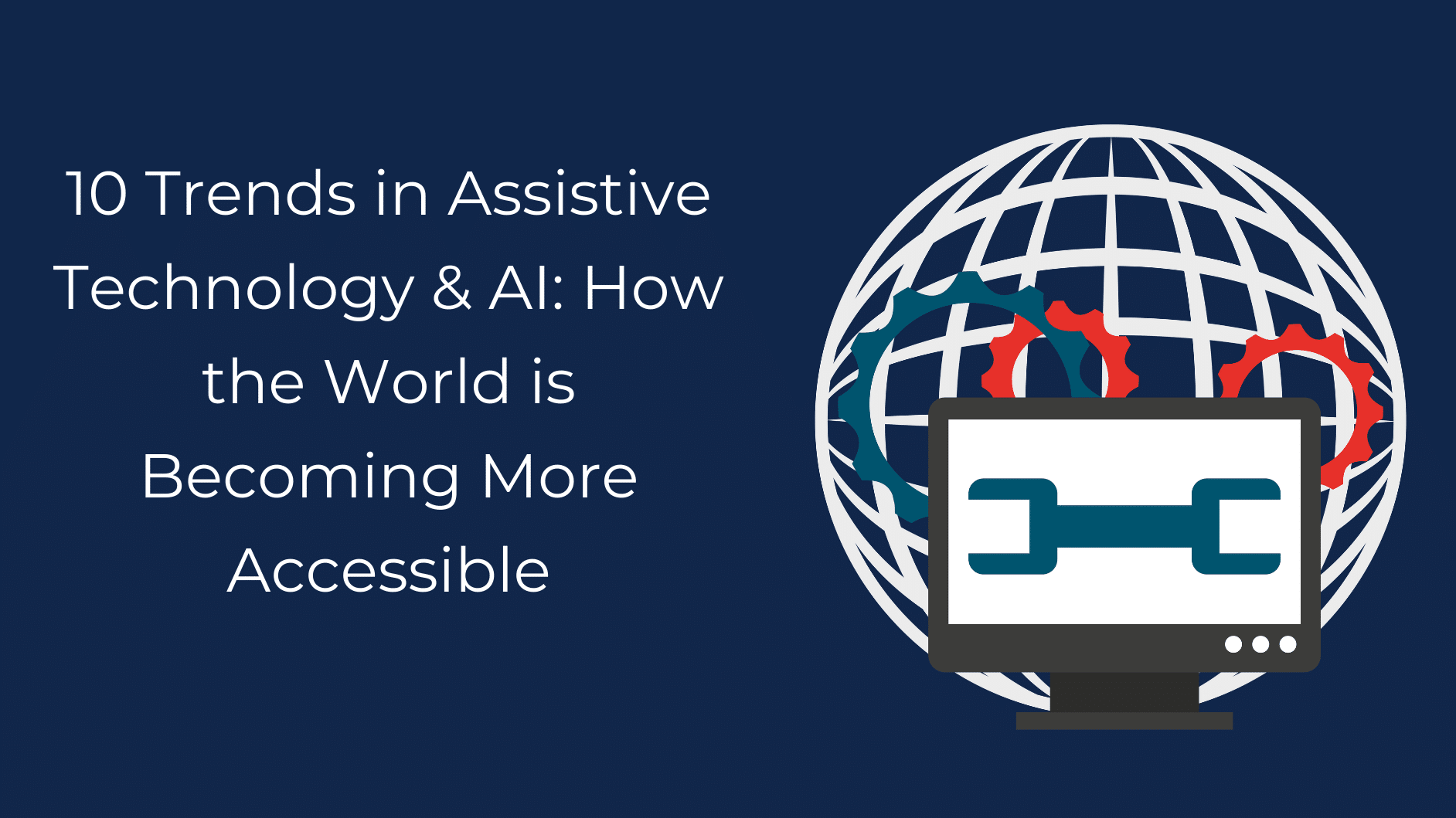
Until now, building a website for everyone has been next to impossible. Developers, struggling with ageing code and poorly constructed websites, can find it a burden to build truly accessible digital experiences. This often just comes down to time and processing constraints. But this doesn’t have to be the case.…
read more >
These days, the key to success, whether you run a nonprofit organization, an online business, or an eCommerce shop, is anticipating people’s needs and identifying the micro-moments your target audience is most likely to experience. After all, 76% of consumers expect companies to understand their needs and expectations. Adding to…
read more >
